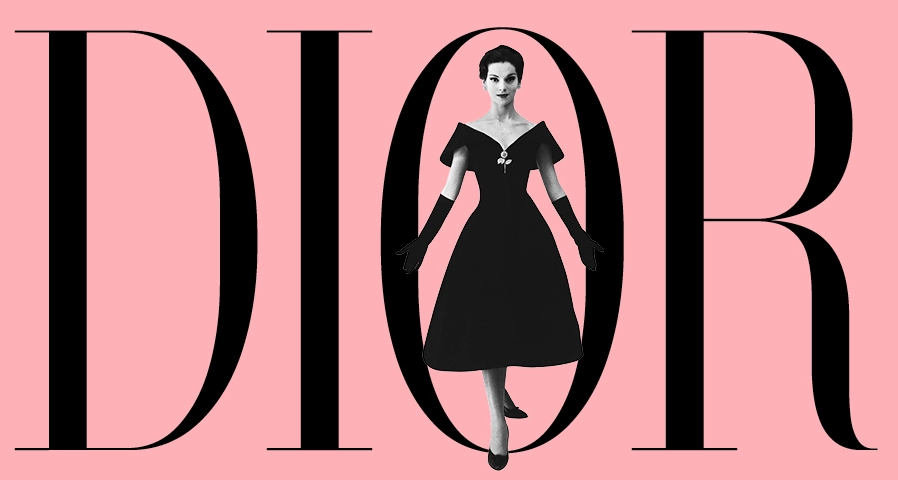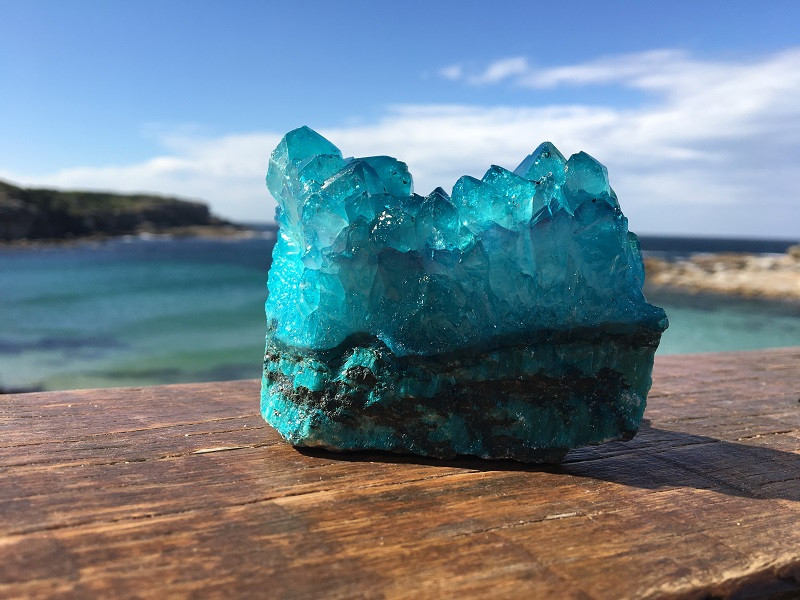Fashion History: The Importance of Christian Dior

A few weeks after his initial collection, everyone was familiar with Christian Dior's aesthetic and designs. His strategy and invention, press savvy, and seasonal shifts altered how women perceived the fashion industry. The fashion business was reinvigorated by his marketing ideas. By 1950, Maison Christian Dior earned more than fifty percent of the overall income generated by the Parisian fashion business.
Christian Dior's Background
Christian Dior was born in a home with a view of the English Channel in Granville, Normandy, in 1905. His father successfully ran a fertilizer business. Christian was a shy child who cherished nature. During the final years of the Belle Époque, the Dior family moved to Paris. Also known as the Gilded Age, it was a period of optimism and wealth characterized by a strong interest in the arts.
Education and Art
Christian joined the University of Sciences Politique to accomplish his father's political ambitions, but the young man was quickly attracted to a bohemian lifestyle, fascinated by the arts and the avant-garde. Christian's father's financial support enabled him to create an art gallery. Christian was forced to close his gallery and sell the artwork at a loss when the Great Depression destroyed the economy. A year at a sanatorium was required to treat Dior's tuberculosis, a life-threatening ailment he got. At the same time, he was penniless and basically homeless due to the loss of his apartment.
Christian began drawing at the recommendation of a friend and soon sold sketches to fashion magazines and couture firms. Robert Piguet, a Swiss fashion designer at the couture house of Lucien Lelong, was intrigued by his work. Dior discovered his vocation in the fashion industry.
The Look that Changed the Fashion World
On the morning of February 12, 1947, a war-weary society witnessed the debut of Maison Christian Dior's Corelle line. After years of austerity, individuals yearned for something new and exciting.
When the highly anticipated fashion show opened to a crowded house at 10:30 a.m., a collective gasp greeted models clothed in unprecedented amounts of fabric. A culture accustomed to plain boxy designs, short skirts, and a militaristic aesthetic devoured Dior's extravagant Corelle line.
Features of the Look
In an era when hemlines reached just below the knee, Dior's skirts reached 14 inches above the ground. Following a period in which the government regulated the amount of fabric needed to manufacture clothing, Dior's long skirts resembled crinolines from the mid-19th century. A groundbreaking new feminine figure was designed with tiny, corset-cinched waistlines, generous busts, cushioned hips, and rounded shoulder lines.
Reception
The performance ended with a standing ovation. The designs of Doir were featured on the cover of Life Magazine. Press releases made him an instantaneous celebrity. In a frenzy of unfettered hedonism, princesses and celebrities scooped up dresses. The Corelle line was a romantic perspective shift that ushered in a fashion revival for a culture starving of style. The contents of women's closets become obsolete within hours.
The editor-in-chief of Harper's Bazaar, Carmell Snow, said that Dior offered a "new look" for fashion. The sentence, which was picked up by Reuters, gave the legendary new line its name.
Dior's Impact on the Fashion Industry
Before Dior, a couturier introduced new fashion trends gradually. Each season's new collections featured designs based on the aesthetic of the previous season. Unprecedented were the quick, sweeping alterations embraced by Christian Dior. He became the press darling and an international celebrity. Critics perceived him as a drama- and attention-seeker addicted to fame and publicity.
Expansion
1948 marked the introduction of Christian Dior New York's ready-to-wear line, which utilized machine-friendly materials and embraced the American preference for more casual styles.
Wholesale fashion companies were able to acquire Dior's designs and mass-produce them. Dior furthermore received royalties for each item. In 1950, Dior earned fifty percent of the couture industry's profits in Paris. In 87 countries by 1957, Dior offered to license their stockings, bags, cosmetics, and perfumes.
The Legend Continues
Despite his significance, Christian Dior's couture house was only in business for ten years. On October 29, 1957, in an Italian resort, Christian Dior died after a heart attack. The windows of Dior were adorned with black ribbons and were nearly buried by a mountain of flowers left by mourners. Floral tributes were placed along the path leading to the Arc de Triomphe in remembrance of Christian Dior.
The man may have gone early, but Maison Christian Dior and his legend live on. Now Christian Dior has been one the most attractive luxury brand. Find totally free Dior promo code online for a more budget-friendly shopping trip at Dior.



